Want the most powerful natural air purifiers? Choose large-leaf houseplants like the Rubber Tree, which eliminates formaldehyde, or the dramatic Fiddle Leaf Fig that filters toxins while adding style. The Monstera, Elephant Ear, and Banana plant round out your top options, each using their expansive leaves to clean indoor air effectively. These impressive plants don't just look stunning – they're working hard to keep your air fresh and healthy. Discover how to maximize their air-cleaning potential.
Why Bigger Leaves Mean Better Air Cleaning

When it comes to natural air purification, the size of a plant's leaves plays an essential role in its cleaning power.
Plants with big leaves provide greater surface area for absorbing air pollutants and volatile organic compounds (VOCs), making them more efficient at improving air quality in your home.
You'll find that species like the Rubber Tree excel at filtering toxins through their expansive leaves, while the Boston Fern's broad, feathery fronds effectively remove formaldehyde and xylene from your indoor environment.
These larger leaf structures don't just trap airborne particles – they're also champions of transpiration, naturally increasing humidity levels as they work.
The bigger the leaves, the more oxygen production you'll get, which is why plants like these are powerhouses of air purification.
Their enhanced surface area simply allows them to clean more air more effectively.
The Science Behind Large-Leaf Air Purification
The fascinating mechanics of large-leaf air purification explain why these botanical powerhouses work so effectively.
You'll find that large-leaf plants excel at filtering toxins through their extensive surface area, which maximizes their ability to absorb volatile organic compounds like formaldehyde and benzene from your indoor air.
Through transpiration, these plants release water vapor, naturally increasing humidity levels in your living space. This process not only helps combat dry air but also aids in trapping airborne pollutants.
You'll benefit from enhanced oxygen production, as these plants convert harmful compounds into harmless substances through their metabolic processes. Their superior moisture absorption capabilities make them particularly effective at maintaining healthy indoor air quality.
NASA's research confirms that the larger the leaves, the more efficient these natural air purifiers become.
Top Big-Leaf Plants for Maximum Air Filtration
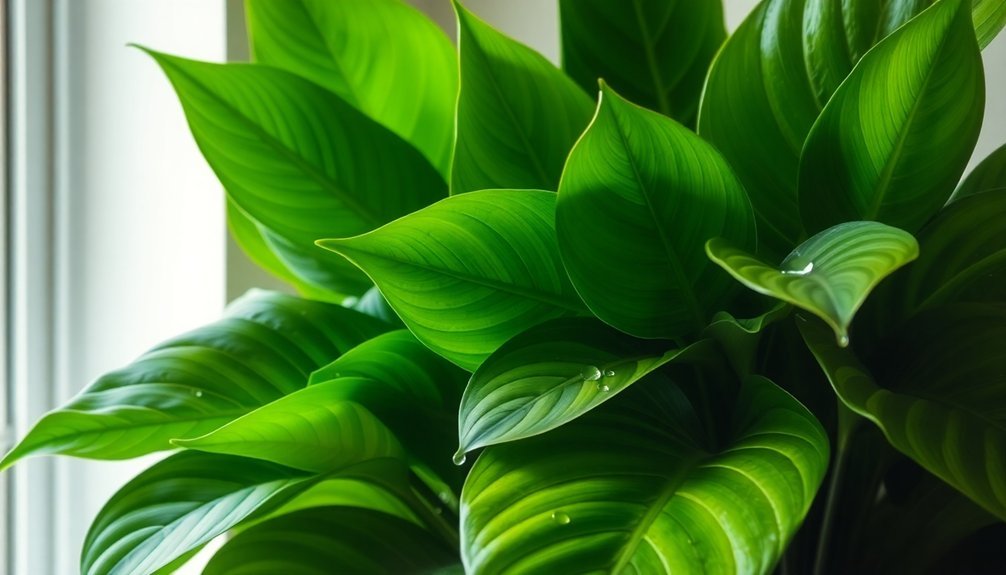
Several remarkable big-leaf plants stand out as champions of indoor air purification, each bringing unique filtering capabilities to your living space.
You'll find the Rubber Tree excelling at removing pollutants, particularly formaldehyde, while its cousin, the Fiddle Leaf Fig, combines stunning aesthetics with powerful air-cleaning abilities.
For maximum environmental benefits, consider the Monstera, which doesn't just filter toxins but greatly boosts oxygen levels in your home.
The Elephant Ear plant serves as a powerful air purifier, efficiently processing carbon dioxide through its expansive leaves.
If you're looking to improve both air quality and humidity, the Banana plant's large leaves excel at filtering harmful chemicals while naturally moisturizing your indoor environment.
These big-leaf plants offer an effective, natural solution to indoor air quality concerns.
Caring for Your Large-Leaf Air Purifiers
Maintaining your large-leaf air purifiers requires a precise balance of care to maximize their filtering abilities.
To care for plants effectively, position them in bright indirect light, which helps them thrive and optimize their air-cleaning properties.
You'll need to water moderately, waiting until the top inch of soil dries before the next watering to prevent root rot.
Keep clean leaves by dusting them regularly – this enhances their ability to filter toxins and promotes better photosynthesis.
During spring and summer, fertilize your large-leaf plants with a balanced, water-soluble fertilizer to support their growth and purification power.
These simple but essential care steps guarantee your air purifiers perform at their best, creating a healthier indoor environment while maintaining their striking appearance.
Optimal Placement for Large-Leaf Air Cleaning Power
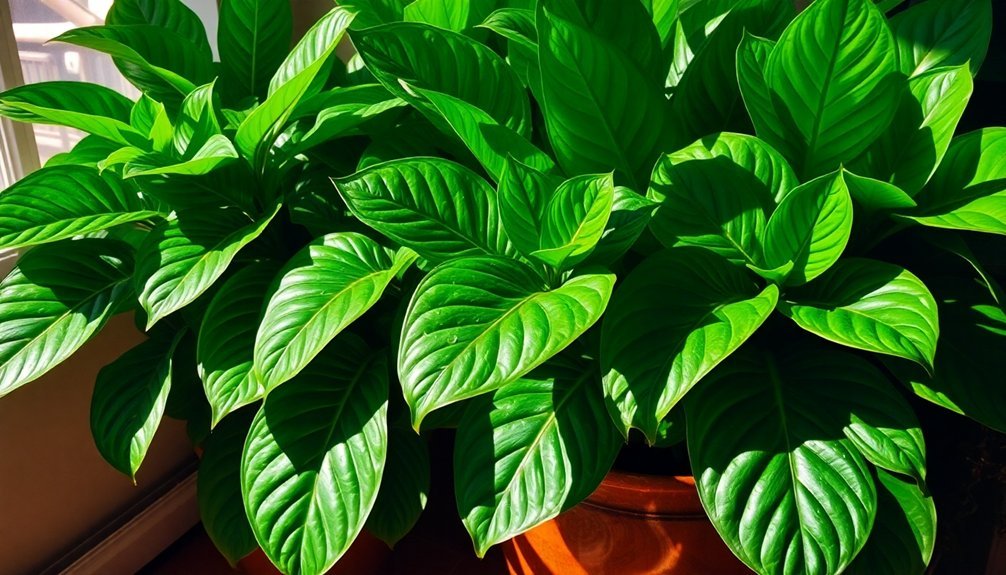
While proper care keeps your large-leaf plants healthy, strategic placement maximizes their air-purifying potential. You'll want to position these natural air filters near windows with bright indirect light, where they can thrive while filtering indoor air pollutants effectively.
Place your large-leaf plants in common areas like living rooms and offices, where you spend most of your time. This positioning helps improve air quality where it matters most.
For peak impact, try grouping plants together to boost their collective air-cleaning power. Studies show that creating clusters of these air-purifying powerhouses leads to better results than spacing them apart.
Don't forget to regularly clean leaves to maintain prime filtering performance. Dust can block your plants' ability to absorb toxins, so keeping those broad leaves spotless ensures they'll continue purifying your indoor air efficiently.
Frequently Asked Questions
What Is the Strongest Air-Purifying Plant?
You'll find the Peace Lily's exceptional ability to remove multiple toxins like benzene and trichloroethylene, while also acting as a natural humidifier, makes it the strongest air-purifying plant for your indoor spaces.
What Plant Removes 78% of Airborne Mold?
The Boston Fern (Nephrolepis exaltata) is your best choice for removing airborne mold, as it'll eliminate up to 78% of mold spores. You'll need to keep it in humid conditions with indirect light.
What Is the NASA Air Purifier Plant?
NASA's air purifier plant study identified several powerful air-cleaning plants, including Peace Lily and Spider Plant. You'll find they can remove indoor toxins like formaldehyde and benzene from your living spaces.
What Plant Removes the Most Toxins?
You'll find the Boston Fern is the most effective toxin remover. It's especially powerful at eliminating formaldehyde, xylene, and toluene from your air. The Peace Lily follows as another top performer.
In Summary
You'll breathe easier with these large-leaf powerhouses in your home. Place them strategically in high-traffic areas, keep their leaves dust-free, and maintain proper watering schedules to maximize their air-purifying abilities. Remember, the bigger the leaves, the more toxins they'll filter from your air. Start with one or two plants and watch your indoor air quality improve naturally and effectively.
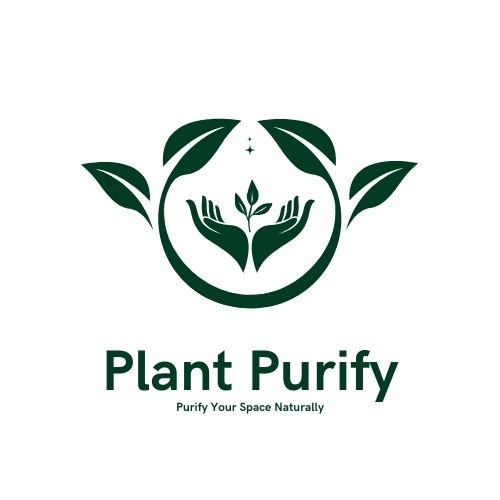
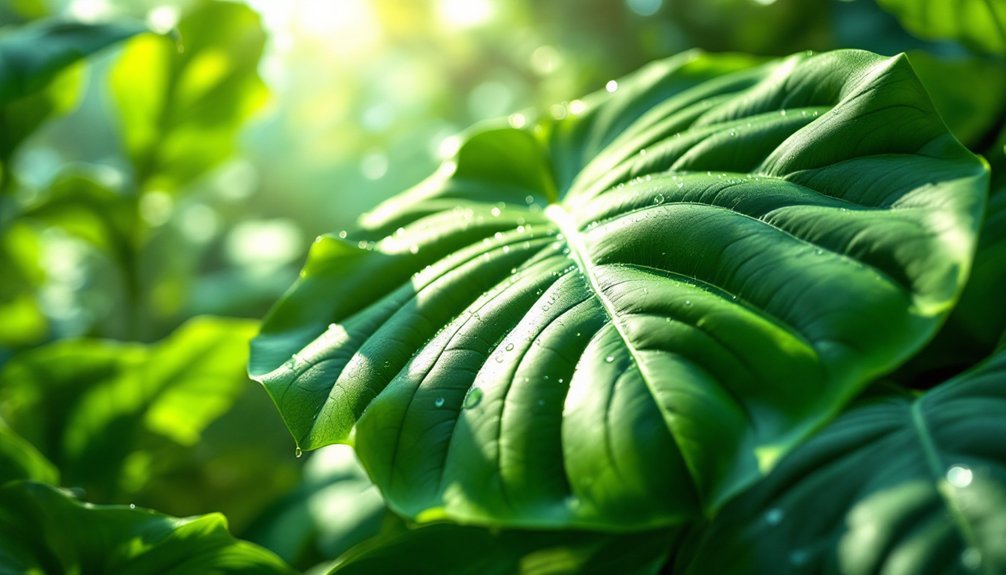


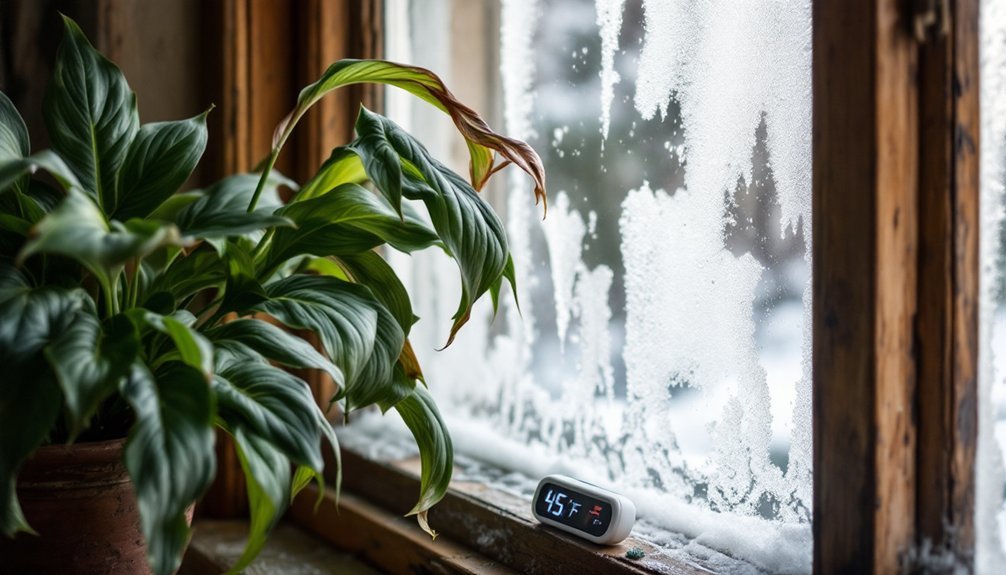
Leave a Reply